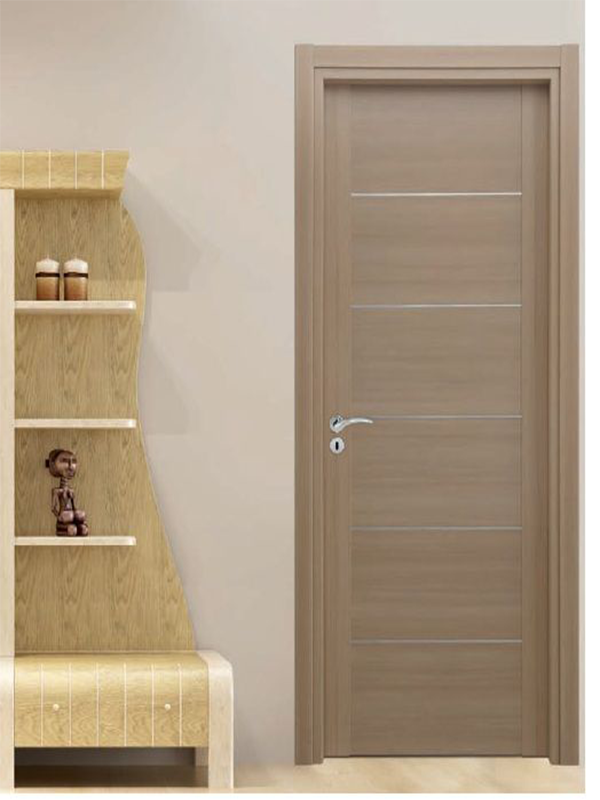- Call Us : (403) 404.7138 Fax: 403-460-7138
- Email Us : info@aarohicorporation.com

Our Fiberglass Door
When it comes to the environment and your comfort, there is no greater material available than fiberglass. Fiberglass has all of the advantages of wood: awarm, rich look and timeless appeal without the rotting, rusting or denting. Fiberglass is also more energy efficient than wood. Our
Aarohi Doors System will protect you from the elements year-round, all while looking beautiful for years to come.
Fiberglass is a strong lightweight material and is used for many products. Although it is not as strong and stiff as composites based on carbon fiber, it is less brittle. Its bulk strength and weight are also better than many metals, and it can be more readily molded into complex shapes. Applications of fiberglass include aircraft, boats, automobiles, bath tubs and enclosures, swimming pools, hot tubs, septic tanks, water tanks, roofing, pipes, cladding, casts, surfboards, and interior & external door skins.
An individual structural glass fiber is both stiff and strong in tension and compression—that is, along its axis. Although it might be assumed that the fiber is weak in compression, it is actually only the long aspect ratio of the fiber which makes it seem so; i.e., because a typical fiber is long and narrow, it buckles easily. On the other hand, the glass fiber is weak in shear—that is, across its axis. Therefore, if a collection of fibers can be arranged permanently in a preferred direction within a material, and if they can be prevented from buckling in compression, the material will be preferentially strong in that direction.
A fiberglass component is typically of a thin "shell" construction, sometimes filled on the inside with structural foam, as in the case of fiberglass doors and surfboards. The component may be of nearly arbitrary shape, limited only by the complexity and tolerances of the mold used for manufacturing the shell.
The mechanical functionality of materials is heavily relied on the combined performances of the both resin (AKA matrix) and fibers. For example, in severe temperature condition (over 180 °C) resin component of the composite may lose its functionality partially because of bond deterioration of resin and fiber. However, Fiberglass can show still significant residual strength after experiencing high temperature (200 °C).

